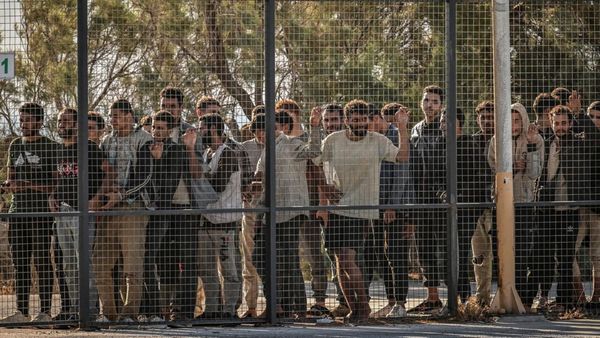
SUICIDE was the leading cause of death among children and teenagers aged between 10 and 17 in 2020-2021, increasing by 68 per cent since 2007.
Just over half (55 per cent) of the young people who died from suicide were from families with a child protection history.
The details are contained in the NSW Child Death Review Team's Biennial report tabled in Parliament by NSW Ombudsman Paul Miller on Monday.
The report says that child death rates in NSW have fallen by 24 per cent for children aged between one and 17 in the 15 years to 2021.
The overwhelming majority of infants died from natural causes (85 per cent), but 42 per cent of children (aged one to 17) died from injury-related deaths.
Suicide was the only cause of death outside of natural causes that has increased in the 15 years.
Only one in three of the young people who died by suicide, and were the subject of a risk-of-significant-harm (ROSH) report to the Department of Communities and Justice received a face-to-face assessment in the three years before their death.
One young person had not had contact with DCJ for over 12 months, despite records showing authorities were aware the child was homeless and 'couch surfing'.
Common issues and themes identified by the death review team and DCJ itself included the high number of reports closed due to competing priorities, or not allocated for a response, a total of 17.
The report also lists a lack of, or ineffective triage and referrals to other agencies not followed up.
The detailed circumstances of some of the 13 children who died from assault-related injuries includes nine homicides.
One child was reported to DCJ by hospital staff ten days before being fatally assaulted after an "unwitnessed fall' . A DCJ safety assessment found the child was unsafe, but the child died before a risk assessment was completed.
Another child was reported two weeks before dying about the inflicted injury which caused their death. Earlier reports related to the carer's intellectual disability and history of previous postnatal depression.
In another case, a young person was the subject of multiple reports, including two reports of neglect six weeks before their death. They were allocated for a DCJ casework response, but died before being seen.
"Our reviews of these deaths have consistently identified well-recognised child protection issues associated with fatal assault in many of the families in which children died in circumstances of abuse - including parental alcohol and drug abuse, mental illness, and a history of domestic or other violence," the report says.
Other issues included premature closure of reports screened as ROSH, a lack of holistic and/or comprehensive assessment of risk or family vulnerability, incorrect application of assessment tools and inadequate assessments.
During the two year period there were 75 infant deaths classified as Sudden Unexpected Death in Infancy, and 63 per cent of them were unexplained.
Nearly half (45 per cent) occurred in families with a child protection history "many of whom were experiencing significant vulnerability".
Of those 34 families, most (88 per cent, or 21) were the subject of a report to DCJ in the nine months before their birth.
Six families had an extensive history with DCJ and had been the subject of either 11-19 risk reports, or in some cases, more than 20.
While over half (19) of the families had been referred to an early intervention service, only three families engaged.







